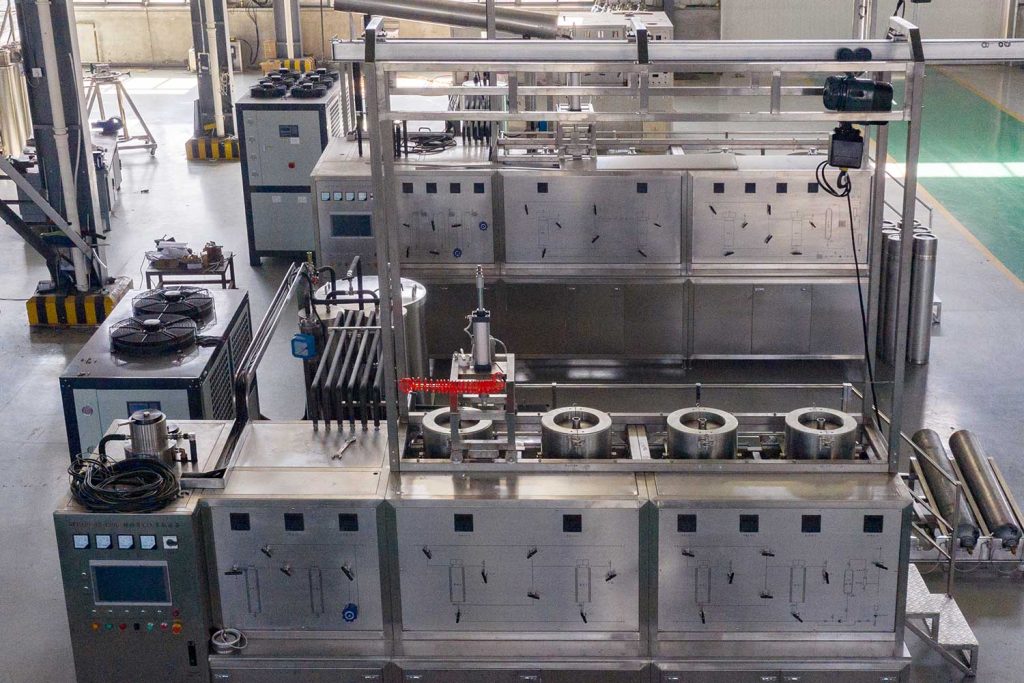Tea, one of the most widely consumed beverages globally, contains numerous beneficial bioactive compounds. The extraction of tea compounds using supercritical CO2 has become increasingly popular due to its excellent extraction efficiency, environmental compatibility, and lack of residual solvents. This article focuses on the experimental study and optimization of the supercritical CO2 extraction method for tea extract, with the inclusion of a table that presents some of the experimental results obtained
Experimental Study

In this experimental study, various extraction parameters, including pressure, temperature, flow rate, and extraction time, were investigated to determine the optimal extraction conditions. Table 1 below shows the ranges of the parameters tested.
Table 1: Ranges of parameters tested during the extraction process.
| Extraction Parameter | Range |
|---|---|
| Pressure | 200 to 350 bar |
| Temperature | 40 to 60 ˚C |
| CO2 Flow Rate | 1.5 to 3.5 L/min |
| Extraction Time | 2 to 4 hours |
Results
The experimental data obtained under various extraction conditions are presented in Table 2. The highest yield of the tea extract was 15.08% under the conditions of 300 bar pressure, 50 ˚C temperature, 2 L/min CO2 flow rate, and 3 hours of extraction time.
Table 2: Experimental results for tea extract extraction using supercritical CO2.
| Extraction Parameter | Yield of Tea Extract (%) |
|---|---|
| 200 bar, 40 ˚C, 1.5 L/min, 2 h | 5.57 |
| 250 bar, 50 ˚C, 2 L/min, 2.5 h | 10.65 |
| 270 bar, 50 ˚C, 2.5 L/min, 3 h | 13.21 |
| 300 bar, 50 ˚C, 2 L/min, 3 h | 15.08 |
| 350 bar, 60 ˚C, 3.5 L/min, 4 h | 12.74 |
Optimization
Based on the experimental results, it is clear that the pressure, temperature, flow rate, and extraction time are critical factors for the extraction of tea compounds using supercritical CO2. The optimal conditions for the extraction of tea extract were found to be 300 bar pressure, 50 ˚C temperature, 2 L/min CO2 flow rate, and 3 hours of extraction time.
Conclusion
In conclusion, supercritical CO2 extraction is a highly effective method for extracting tea compounds from tea leaves, with a yield of up to 15.08%. The optimization of the extraction process has provided important insights into the optimum conditions for the extraction of tea compounds using supercritical CO2. By selecting extraction parameters, such as pressure, temperature, flow rate, and time, a highly functional tea extract can be obtained using supercritical CO2 extraction technology.